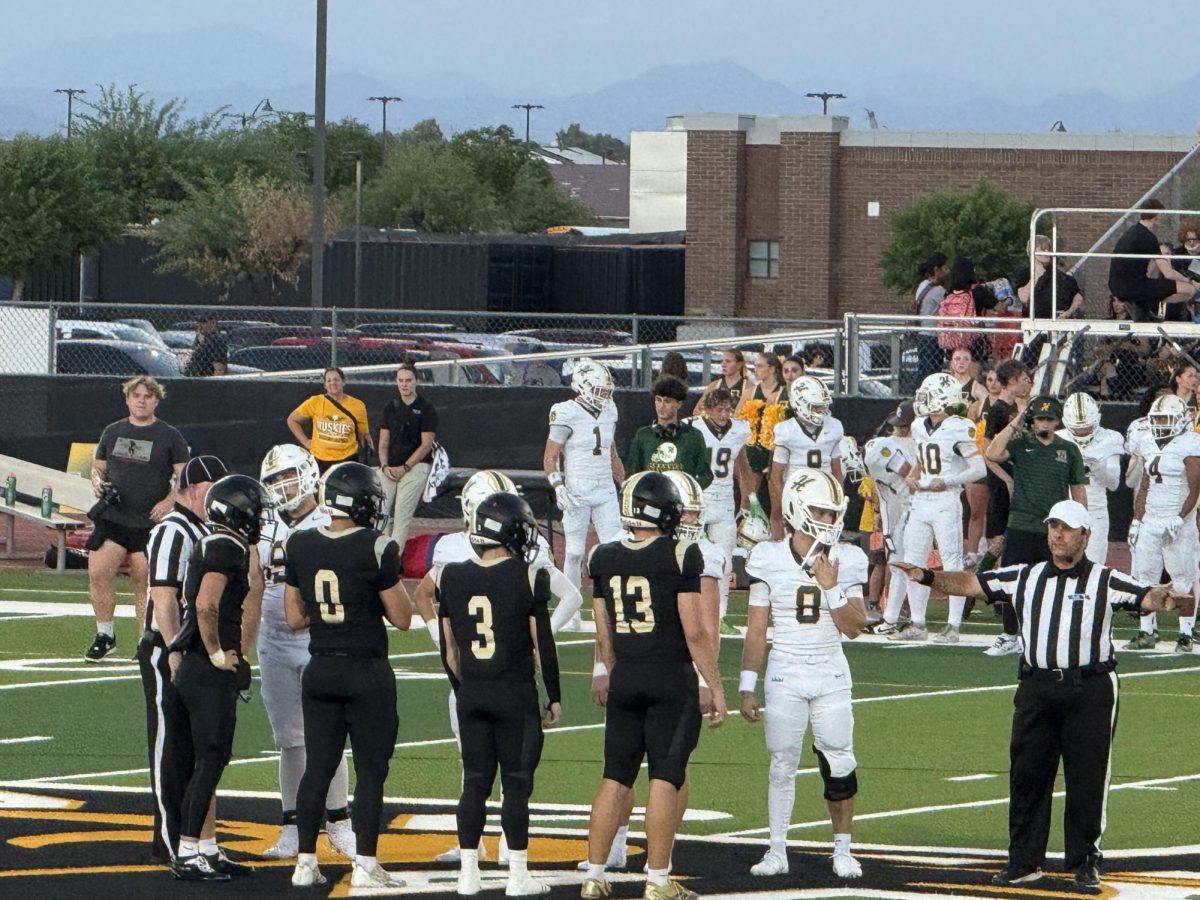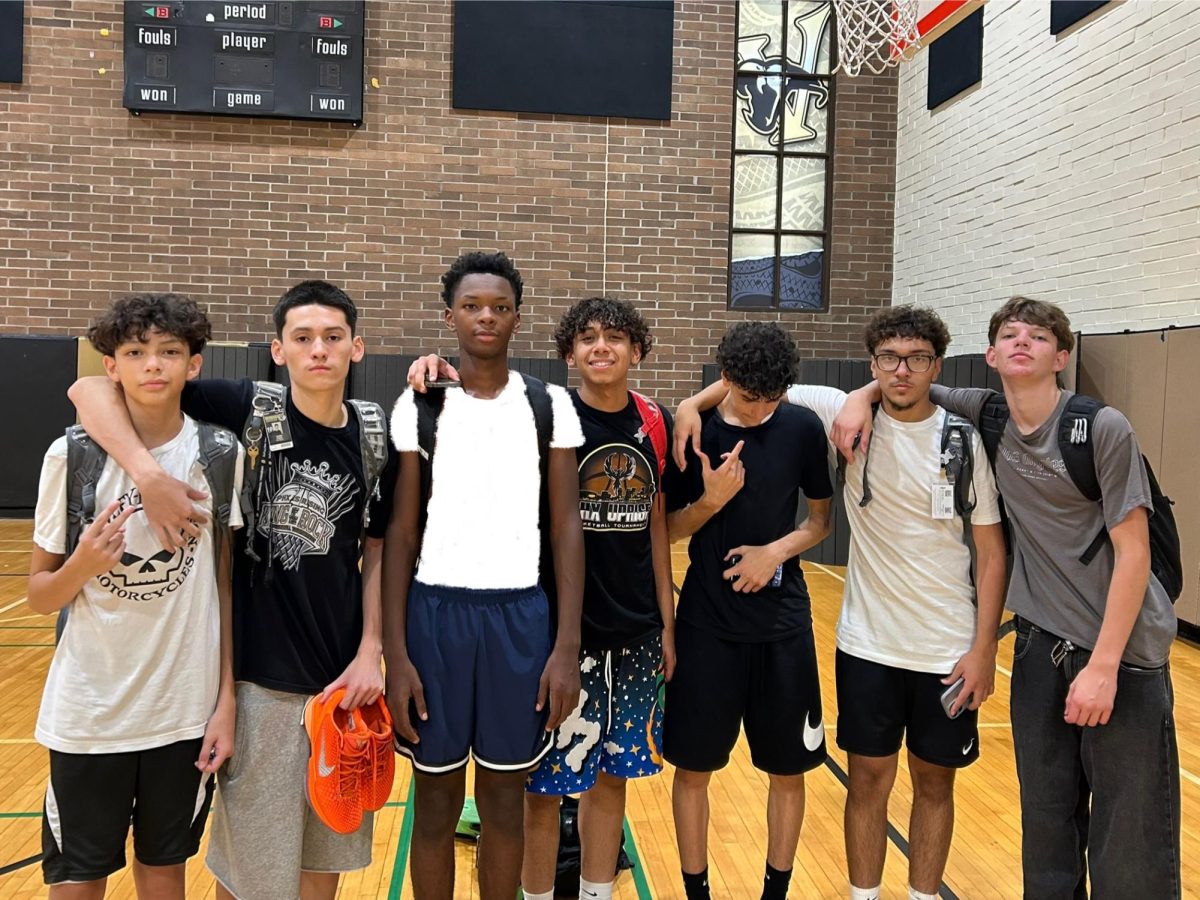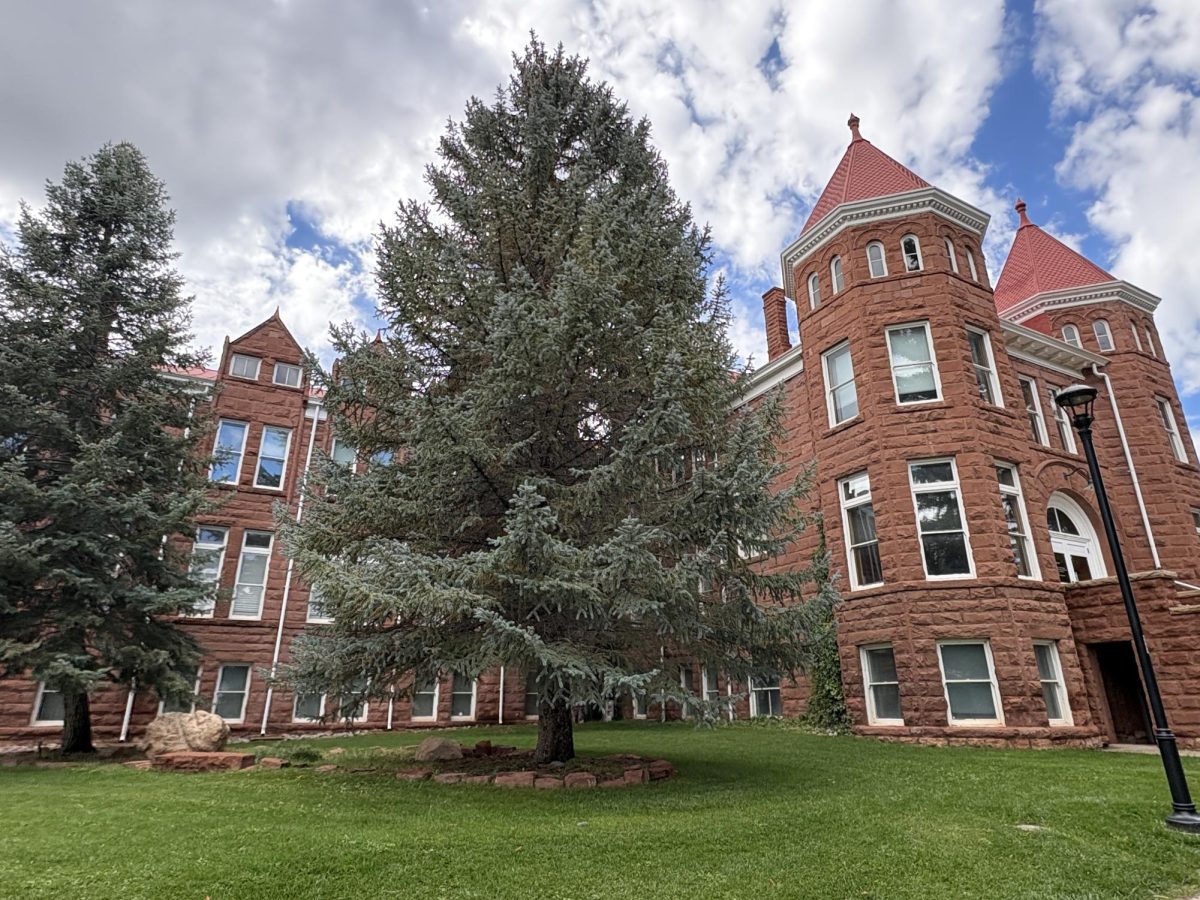They Called Us Enemy: A Lesson in Understanding & Acceptance

Courtesy of Top Shelf Productions
Promotional book cover for the George Takei novel about Japanese Americans during WWII.
They Called Us Enemy is a graphic novel about Japanese American imprisonment during World War Two. The story is told from the perspective of George Takei as a little boy, as he recalls the unjust treatment the Japanese Americans faced. With a childish candy glaze over the cruel event, Takei continuously paints an insightful image of the reality and extent of what racial prejudice can do. The story goes from before the start of WWII to many, many years afterward. Beginning with Japan launching an attack on Pearl Harbor and the citizens of the United States pointing fingers at the Japanese, Americans labeled them, spies and loyalists, to the Japanese empire.
The United States Government takes this rage the people have and starts enforcing unconstitutional laws and restrictions on Japanese Americans. Some of these laws are curfews, while others are work restrictions, income restrictions, unlawful firing, or even dishonorable discharge from the Armed Forces.
Takei explores life in the camp and the environment his family was forced to live in. Lack of food, clothes, water, heat and even basic plumbing are prevalent problems that his family and other Japanese Americans faced all the while facing the premonition that they were guilty until proven innocent. Years later the war ended yet the racial prejudice didn’t. With no home, job, and a massive charge against them even though they were innocent, Japanese Americans persevered against these challenges and became an integrated part of modern-day society.
Why should you read this book?
You should read this book because history repeats itself. How can the injustices of the past repeat themselves in the future? The answer to this is that we were born during this injustice. We grow up with these ideas ingrained in our minds and don’t view them as unconstitutional or wrong. It is easy to view others’ actions and thoughts and see them as right or wrong, but the challenge lies in viewing our own and even our parents’ and seeing if we are in the right or wrong.
In modern-day United States, we persecute immigrants from our Southern Border with Mexico, and we persecute Muslims and people of Middle Eastern descent who want to immigrate to the United States. Why do we do this? The answer is that racial prejudice is ingrained in us all. After 9/11, as a country, we grew afraid of people of Muslim and Middle Eastern ancestry or appearance and we viewed them just as another terrorist, another attacker, or another problem, but never did we look at why we judged them solely on their skin color/ancestry. With the United States Southern Border with Mexico, we’re told to view Mexicans as drug traffickers, illegal immigrants, or job stealers. However, we are never told to look at the benefits to our economy and the growth of our cities that these immigrants contribute to. Do we learn to look at the intensive labor jobs or the gaps in our workforce that these immigrants fill? As a country, WE need to stop this cycle and look at people for who they are, not what they are.
Your donation will support the student journalists of Verrado High School. Your contribution will allow us to purchase equipment and cover our annual website hosting costs.

Born and raised in Buckeye Arizona, comes Donovan Russell. Passionate, unrelenting, hardworking, and ambitious are just a few words to describe this try-hard....




































Julia Poniatowska • Dec 15, 2022 at 10:48 AM
Good summarization and liked the connections to current times in the end as well!
Ms. Warren • Nov 9, 2022 at 8:10 AM
Great work, Donovan! This is such a wonderful review and summation of the novel. If anyone wants to read this, we do have it in the Viper Library.
Donovan M Russell • Nov 17, 2022 at 1:26 PM
Thank you. I try.